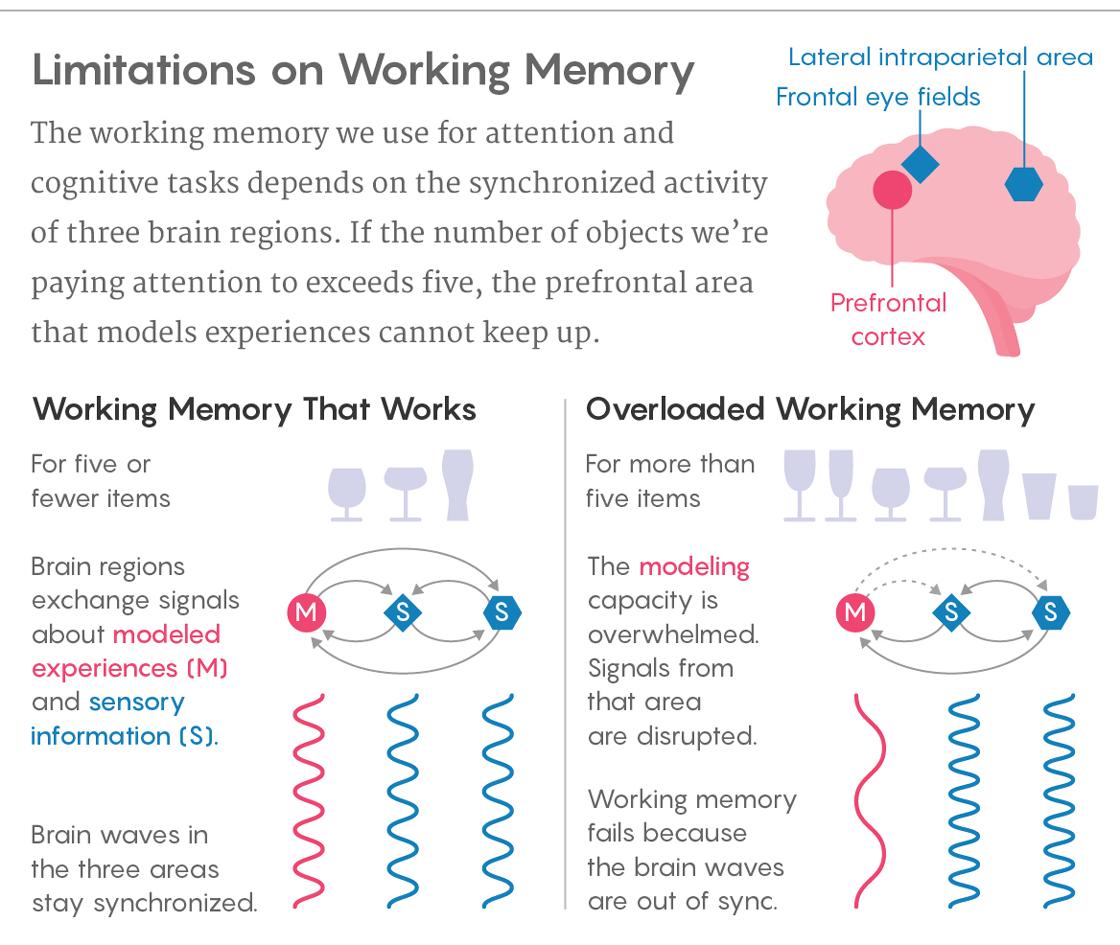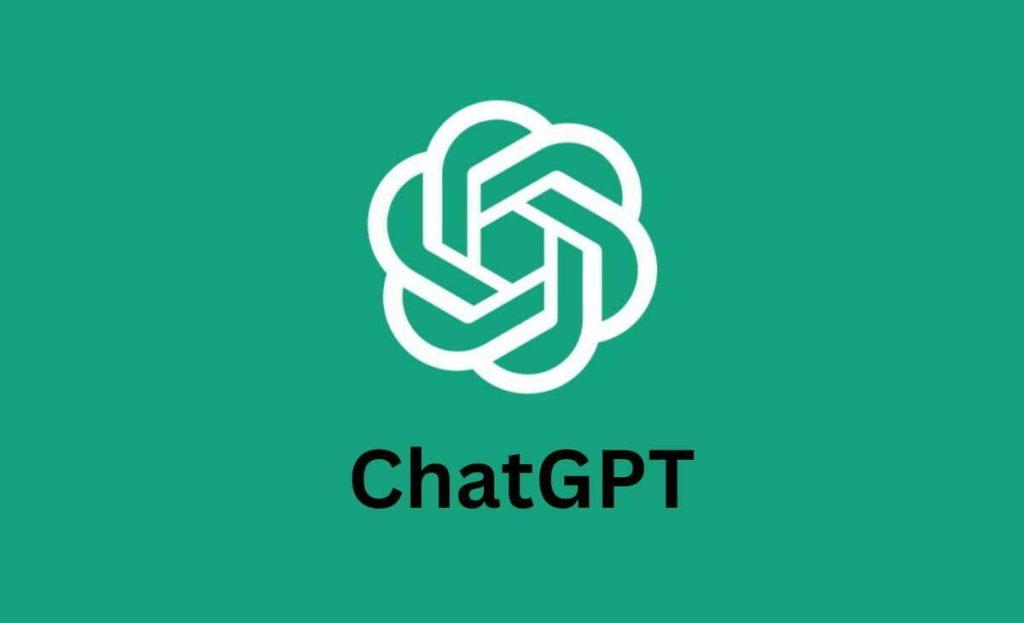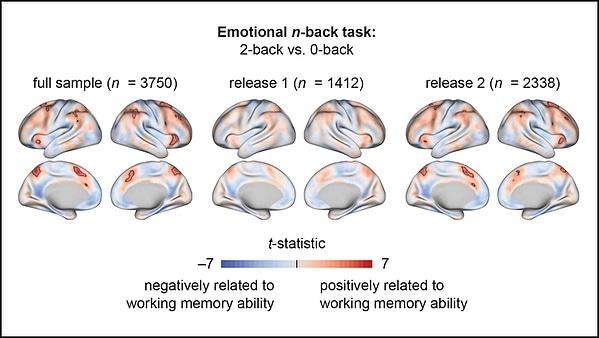



In the rapidly evolving landscape of artificial intelligence, where human-like interactions and seamless dialog are the gold standards, a new frontier is being explored: memory. Enter ChatGPT, the innovative language model that has captivated users with its conversational prowess. With its latest update, ChatGPT is taking a significant leap forward by expanding its memory capabilities, allowing it to remember past interactions and provide a more personalized experience. Imagine a virtual companion that recalls your preferences, past conversations, and unique quirks—transforming each interaction into a continuum rather than a series of isolated exchanges. This article delves into the implications of these enhanced memory features, examining how they can reshape user engagement, enhance AI utility, and challenge our understanding of conversation in the digital age. Join us as we explore the nuances of memory in AI and what it means for the future of human-computer interaction.
With the latest updates, users can now enjoy a more personalized and engaging experience, thanks to the enhanced memory features. this innovation allows ChatGPT to remember past interactions, making it easier to continue conversations from where they left off. Imagine visiting a digital assistant that not only recalls your preferences but also understands the context of previous chats. This means users no longer have to repeat themselves, as the model can seamlessly integrate previous discussions into current dialogues. Some of the key benefits of this feature include:
To visualize how memory capabilities enhance user experience, consider the following example of interactions before and after this update:
| Before Memory | After Memory |
|---|---|
| “Can you help me find information about hiking?” | “Last time, we discussed hiking trails; would you like more recommendations?” |
| “What were the tips you gave me about cooking?” | “Remember the tips I shared about sautéing? Would you like to explore baking now?” |
These scenarios showcase how integrated memory can transform interactions, providing users with a tailored and efficient conversational experience.As users engage,the system evolves,gradually learning and adapting to better meet their needs.

The memory capabilities of ChatGPT function much like a well-ordered filing system, where past conversations are meticulously catalogued for easy retrieval. This allows the model to maintain a context over time, making discussions feel more coherent and personalized. Here’s a glimpse into how this intricate mechanism works:
To illustrate the concept of memory in ChatGPT,consider the following table summarizing how it utilizes past conversations:
| Feature | Description |
|---|---|
| Conversation threads | Tracks ongoing discussions for continuity. |
| user Preferences | Remembers likes/dislikes to refine future interactions. |
| Context Retention | Maintains relevance by recalling previous topics. |

As ChatGPT evolves with enhanced memory capabilities, it becomes essential to prioritize privacy and data security for users. The ability to remember past conversations opens new avenues for personalized interactions but also raises critical concerns over how this information is stored and utilized. To safeguard user privacy, several measures are implemented:
Moreover,transparency in memory usage policies creates an environment of trust between users and the platform. People need to be aware of what data is collected and how it is indeed used. To illustrate the key aspects of ChatGPT’s approach:
| feature | Description |
|---|---|
| Data collection | Only necessary data for enhancing user experience is retained. |
| User Access | Users can check what memories are stored and modify them at any time. |
| Data Retention | Memory data can be set to expire after a certain period, ensuring timely deletion. |

To truly enhance your interactions with ChatGPT’s memory capabilities, consider a few essential strategies. Start by using clear and concise language when referencing past conversations; this clarity helps the model retrieve relevant information quickly. Additionally, feel free to remind the model of any specific details you wont it to recall or emphasize during your dialogue. This way, you can steer the conversation in a direction that best suits your needs, making the experience more personalized and relevant.
Moreover, keep your queries and prompts structured to optimize the memory recall process. Using recognizable patterns allows the model to associate and connect topics more efficiently.For example, try employing a bullet-point format or keyword highlights when discussing complex subjects. here’s a simple structure to help you formulate your thoughts:
| Tip | Description |
|---|---|
| Use Keywords | Highlight critical terms or phrases to guide the conversation. |
| Summarize Past Chats | Briefly recap prior topics to provide context in new interactions. |
| Ask Follow-Up questions | Encourage deeper exploration of the information stored in memory. |
As we stand on the brink of a new era in conversational AI, ChatGPT’s expanded memory capabilities mark a significant leap forward in how we engage with technology. By seamlessly recalling past interactions,this innovative growth not only enhances user experience but also paves the way for more meaningful and personalized conversations. As our digital companions evolve, so too does the potential for deeper connections and understanding in our interactions. As we continue to explore the possibilities of memory-equipped AI, one thing is clear: the future of communication is not just about exchanging information; it’s about building a narrative together. Stay tuned for what’s next in this exciting journey, as the landscape of AI continues to transform before our eyes.